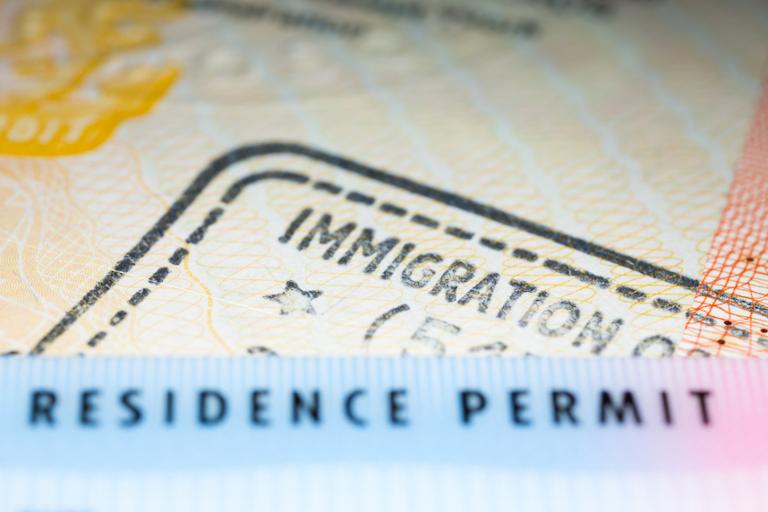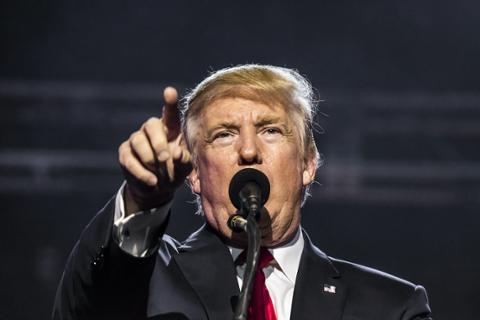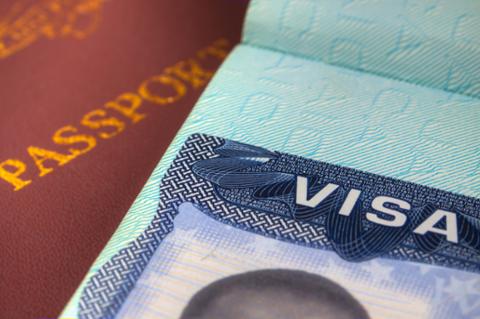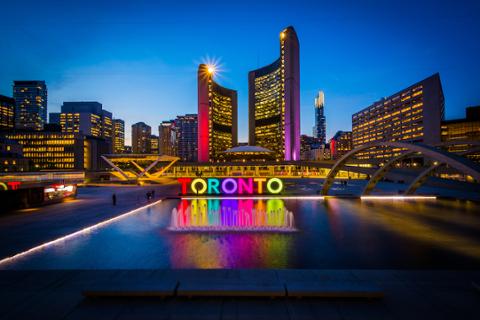How many H-1B workers are currently in the United States? That’s a question of intense debate among technology and immigration pundits (not to mention internet commenters). Now the federal government has issued an official estimate of H-1B visa holders in the country.
As of September 30, 2019, there are approximately 583,420 people currently authorized to work in the U.S. under the H-1B visa classification. This “authorized to work” population excludes those who “have not adjusted to lawful permanent resident (LPR) status, changed to another nonimmigrant status, or been denied a visa to the United States by a U.S. consulate if the beneficiary requested consular processing abroad when the I-129 petition was approved.” (There are some other nuances regarding who’s counted, including the inclusion of those with a valid H-1B visa who were nonetheless stopped at a port of entry; you can find the entire report (PDF) on the U.S. Citizenship and Immigration Services website.)
That final figure subtracts consular denials, change-of-status, and adjustment of status, otherwise the tally would have been 619,327. USCIS also crunched data on total H-1B population since 2016, delivering unto us the following chart:
As with the September 2019 numbers, we can assume that each data-point in this visualization is actually a bit lower once you subtract denials and change in status; that being said, it’s probably safe to say that, even with those adjustments taken into account, the curves are pretty much the same.
It’s interesting to compare the total H-1B population to USCIS’s data regarding H-1B approvals, which have declined over the past four years:
Obviously, an increased rate of denials hasn’t stopped the overall H-1B population from staying roughly level. But that might shift radically in the coming years, given President Trump’s executive order that temporarily freezes new work visas. While the order freezes H-1Bs until the end of 2020, it’s easy to see Trump potentially extending it if he wins reelection.
In that executive order, Trump focused on the COVID-19 pandemic as a key reason behind the move. “Under ordinary circumstances, properly administered temporary worker programs can provide benefits to the economy,” he wrote. “But under the extraordinary circumstances of the economic contraction resulting from the COVID-19 outbreak, certain nonimmigrant visa programs authorizing such employment pose an unusual threat to the employment of American workers.”
Predictably, advocates of the H-1B system criticized Trump’s move. “This is a full-frontal attack on American innovation and our nation’s ability to benefit from attracting talent from around the world,” Todd Schulte, the president of pro-immigration nonprofit FWD.us, told The New York Times. CEOs of major tech firms, including Apple and Google, also voiced their dismay. How it will change their hiring remains to be seen.



